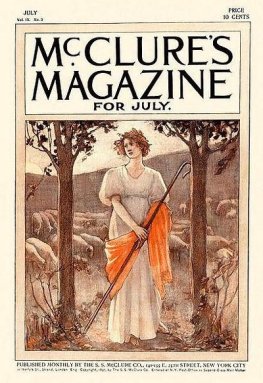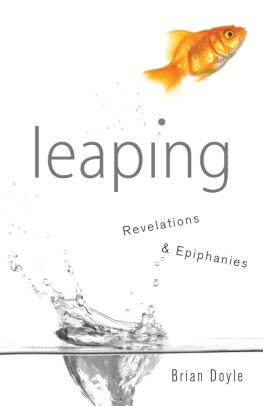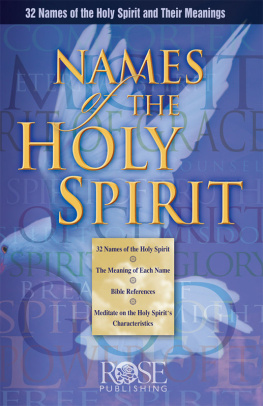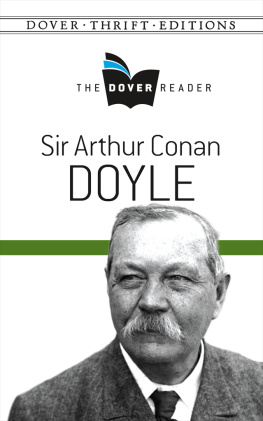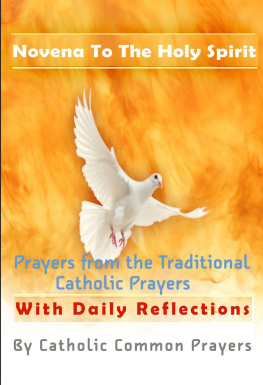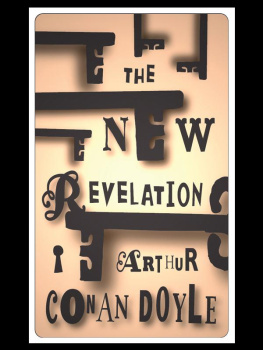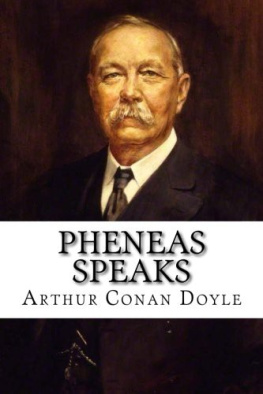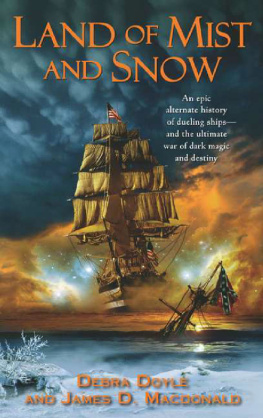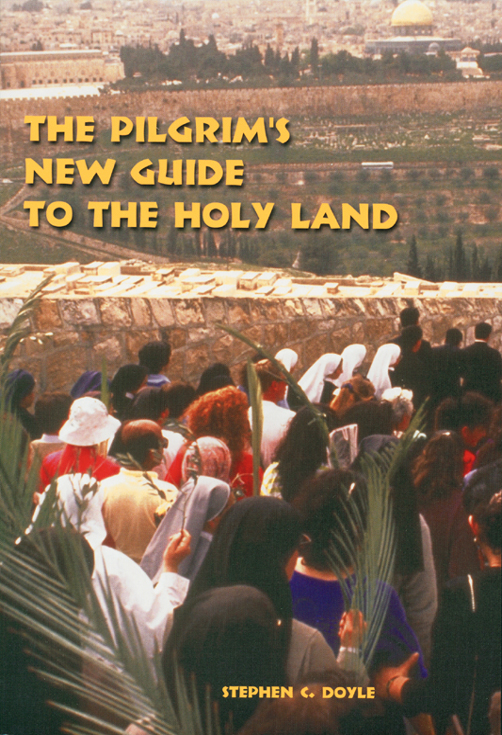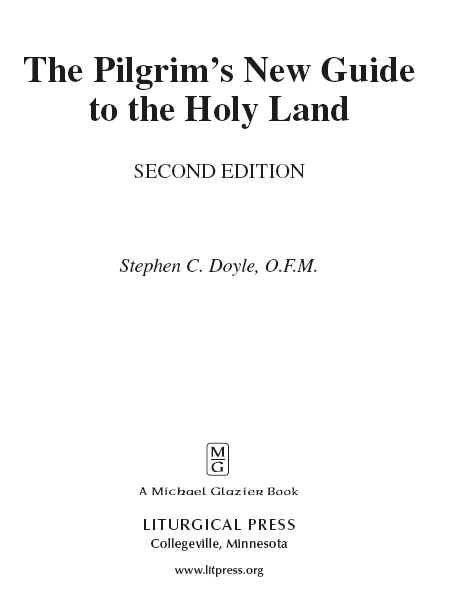Stephen C. Doyle - The Pilgrims New Guide to the Holy Land
Here you can read online Stephen C. Doyle - The Pilgrims New Guide to the Holy Land full text of the book (entire story) in english for free. Download pdf and epub, get meaning, cover and reviews about this ebook. year: 2016, publisher: Liturgical Press, genre: Religion. Description of the work, (preface) as well as reviews are available. Best literature library LitArk.com created for fans of good reading and offers a wide selection of genres:
Romance novel
Science fiction
Adventure
Detective
Science
History
Home and family
Prose
Art
Politics
Computer
Non-fiction
Religion
Business
Children
Humor
Choose a favorite category and find really read worthwhile books. Enjoy immersion in the world of imagination, feel the emotions of the characters or learn something new for yourself, make an fascinating discovery.

- Book:The Pilgrims New Guide to the Holy Land
- Author:
- Publisher:Liturgical Press
- Genre:
- Year:2016
- Rating:4 / 5
- Favourites:Add to favourites
- Your mark:
The Pilgrims New Guide to the Holy Land: summary, description and annotation
We offer to read an annotation, description, summary or preface (depends on what the author of the book "The Pilgrims New Guide to the Holy Land" wrote himself). If you haven't found the necessary information about the book — write in the comments, we will try to find it.
More than an updated second edition, this book combines the best information from the popular first edition with new insights to help you turn your travels into pilgrimages. In this edition of The Pilgrims New Guide to the Holy Land, Stephen Doyle adds the words to familiar hymns, and maps and photos, and includes new insights gathered from the documents of Vatican II, Paul VIs Decree on Evangelization, and prose and poetry that foster the spirit of prayer.
After a brief introduction to each Holy Place, Doyle provides the Scripture passages appropriate to those locations. In offering these passages, Doyle reminds us of Pius XIIs statement that to find the meaning of Gods word, we must go back to the original languages, determine the intention of the author, and take into account the literary form. Following Pius XIIs suggestion, Doyle provides his own translation of Scripture passages. By presenting these passages he offers new meaning by exploring a new experience, in a new context, in a new culture.
Doyle explains that there are major differences between going to the Holy Land as a pilgrim and going there as a tourist, or even as a student of history or archaeology. People join a pilgrimage from faith and for faith. This is not the same as a deepening of theological insight, or becoming more knowledgeable about the facts and beliefs of Christianity. The basic Vision that distinguishes a pilgrim from a tourist is summed up in a passage byPaul: Since you have accepted Christ Jesus as Lord, sink your roots deep in him, build your faith upon him, and overflow with thanksgiving (Col. 2:6). In The Pilgrims New Guide to the Holy Land, Doyle brings together the elements that facilitate that Vision.
Chapters are
- Holy Places East of Jerusalem - ;
- Holy Places West of Jerusalem - ;
- Holy Places South of Jerusalem - ; and
- Holy Places North of Jerusalem. - Also includes appendices and an index.
Stephen C. Doyle, O.F.M., has guided more than one hundred pilgrimages to the Holy Land and to Greece and Asia Minor. He has taught Scripture and biblical preaching at St. John Vianney Seminary, East Aurora, New York; Christ the King Seminary, St. Bonaventure, New York; Pope John XXIII Seminary, Weston Massachusetts; St. Bonaventure University; St. Michals College; and Emmanuel College.
Stephen C. Doyle: author's other books
Who wrote The Pilgrims New Guide to the Holy Land? Find out the surname, the name of the author of the book and a list of all author's works by series.

